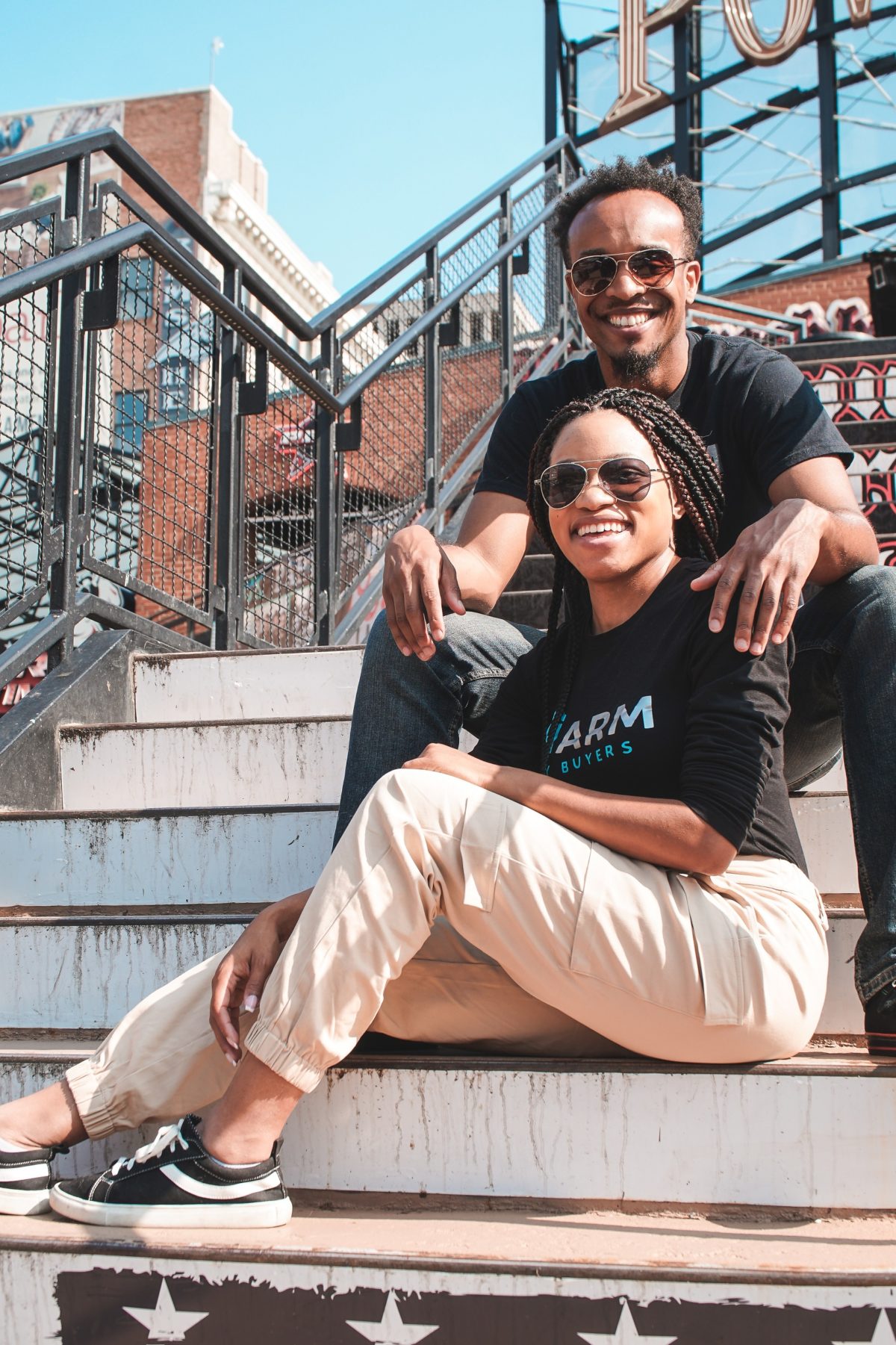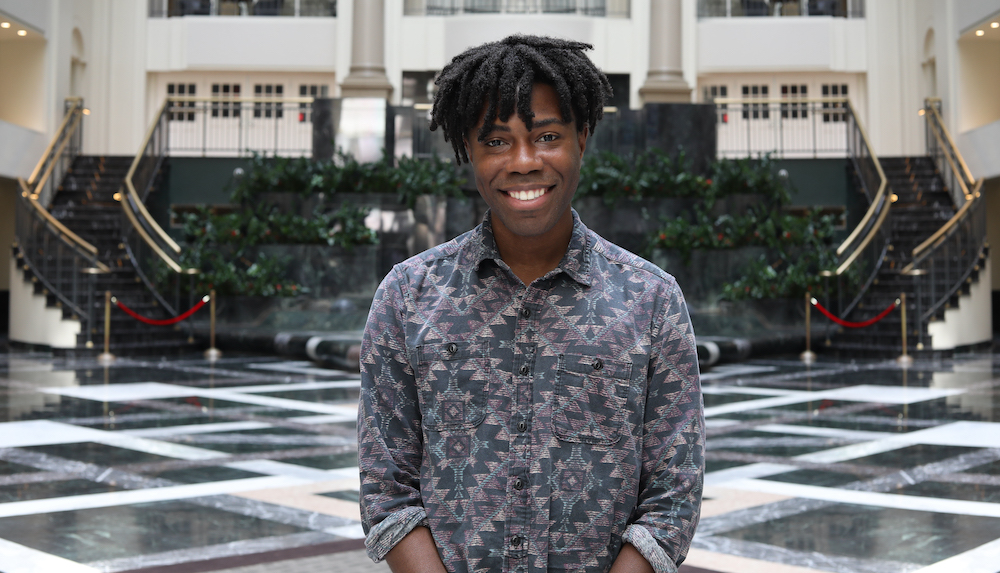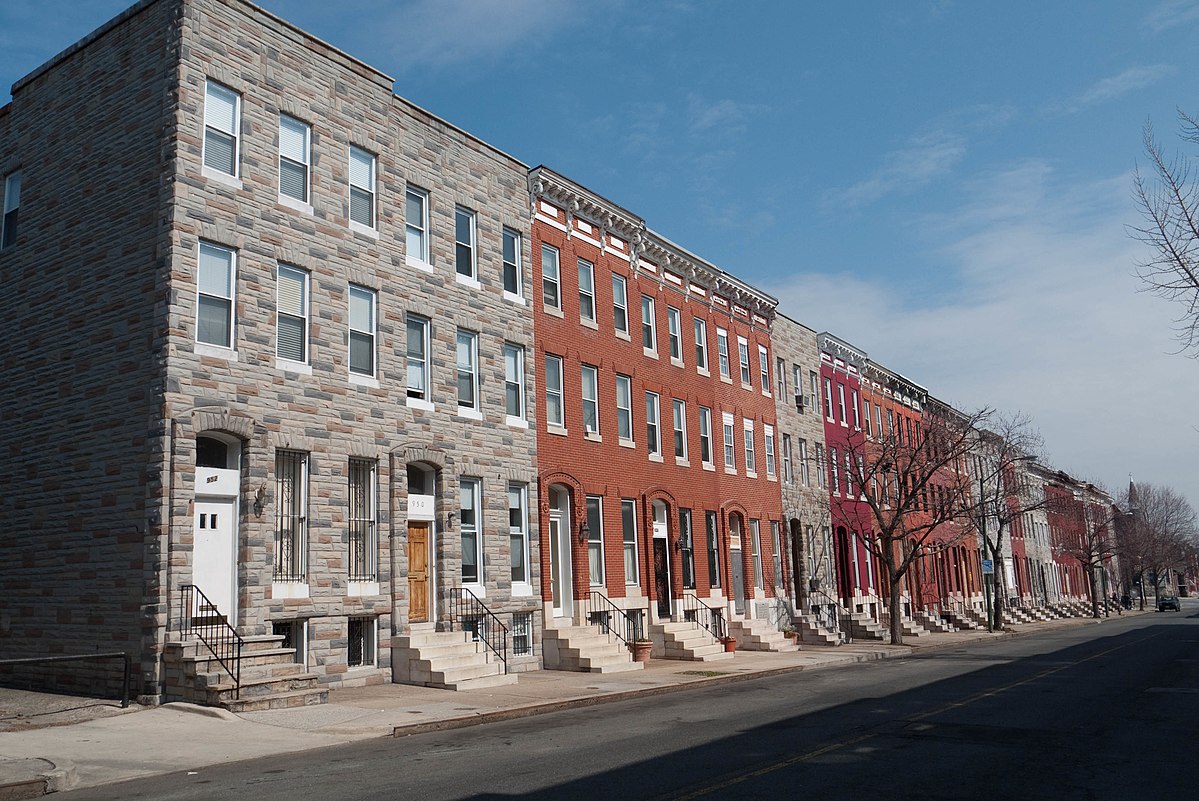Consider Harlem and Harlem Park.
In New York City’s Harlem neighborhood, which has long drawn Black residents seeking opportunity from around the country, $350K will get you an 834-square-foot, two bedroom, one-bath apartment, according to Zillow.
By contrast, in West Baltimore, $300K will get you five bedrooms and five baths in Harlem Park. But that points to a trend that’s common knowledge: the further south you go (save DC), the more square footage your money buys you. Harlem Park is not Harlem in terms of size and profile, but there are some parallells. As its namesake status suggests, Harlem Park is also a historic Black neighborhood with a renowned theatre that showcased amazing local talent. The Apollo Theatre in Harlem still stands, and the building that housed the Harlem Theatre in Harlem Park does, too — just in its original incarnation, a church.
Could Harlem Park and Harlem one day become even more similar? Population trends show some familiarity. Harlem lost 10,000 Black residents, according to the 2020 US Census. West Baltimore, where Harlem Park is located, meanwhile, was one of a number of West Baltimore neighborhoods where the population fell by more than 10% as the city saw Black residents leave in spades, according to University of Baltimore’s Baltimore Neighborhood Indicators Alliance (BNIA).
Yet there’s also a big difference in the neighborhoods’ changing demographics. In New York, Harlem’s white population grew 18% over the last decade, per the 2020 Census, and the area had big gains overall. Neighborhoods like Harlem Park, meanwhile, saw decreases that pushed Baltimore below 600,000 residents for the first time in a century.
It’s instructive when looking at patterns of redevelopment and considering how, at a time when the city is gaining wealthy Black residents, according to a recent Technical.ly data analysis, such neighborhoods might change.
In nearby cities that saw big population gains like New York, DC and Philly, there was a familiar pattern. When the profile of a city has grown and that rising tide of business and developers arrived, every other city’s population has risen along the Northeast corridor, from U.S. Route 1 and Interstate 95.
Baltimore is an outlier. As a whole, it hasn’t seen its population grow.
Yet, in the latest Census numbers, there are signs that the trends aren’t evenly distributed. While Baltimore’s population isn’t growing like those other cities, individual neighborhoods are growing, and wealth is coming up along with it. Canton, where population has grown in Southeast Baltimore, has had a large median income jump and has become the wealthiest area of the city, according to BNIA.

Ernst Valery. (Courtesy photo)
It could be a canary in the coal mine. If change comes to Baltimore eventually, it will force questions about who is going to be selling those houses, because a legacy resident and an owner are not always the same person.
A group of professionals who see the city as a place to build wealth are wrestling with these questions.
“Baltimore is an economic redevelopment gold mine,” said Ernst Valery. He’s the co-managing member of real estate and investment firm SAA | EVI, the founder of his own private real estate investment firm Ernst Valery Investments Corp and the Aequo Fund, a development initiative to invest $5 million toward positive race and wealth equity outcomes through increasing the stock of affordable homes in urban communities, promoting minority homeownership through educational programs that create an homeownership pipeline, and job creation.
Valery moved to Baltimore because of a living legacy like Otis Rolley. During his tenure from 2003 to 2007, Rolley was the youngest Black person to run a city planning department in the country.
“Most urban planning shops are basically planning Black neighborhoods and to hear that he was one of the youngest ever to be at a major city,” said Valery, about the value he saw in Baltimore. “New York didn’t do that. Philly didn’t do that. DC didn’t do that. Baltimore did it. And I think Baltimore needs to be bold about doing this stuff. But I think it’s shy because everyone is looking for flaws in Baltimore.”
We can really balance the opportunity of development and progress with the potential to hold on to the culture and charm of Charm City.
To be sure, much would have to change before Baltimore loses its reputation as an affordable option on the East Coast. Fells Point is one of the neighborhoods in Baltimore where population has grown by more than 2% over the last decade, according to BNIA. For $359,000 you can get a solid three-bedroom, two-bath with 1,940 square feet in Fells. In DC, $359,000 will get you one bedroom, one bath and 515 square feet in Capitol Hill, per Zillow.
But, again, it’s worth comparing to nearby cities. Think about the reputation of DC 15 or 20 years ago.
“DC at one point was the quote unquote, murder capital of the world. [In 2021] in some of those same areas and streets, most can no longer afford to live and be there,” said Kyara Gray, cofounder with her husband and Baltimore native Khalil Uqdah of Charm City Buyers, a company focused on building wealth through real estate. “For us, Baltimore becomes an opportunity to make better proactive decisions to get better results. We know what gentrification looks like when it’s not done with the community first in mind in the process. We have an opportunity to take the lessons learned from DC, Harlem, Brooklyn and Oakland, and do something different here — do something better —where we can really balance the opportunity of development and progress with the potential to hold on to the culture and charm of Charm City.”

Kyara Gray and Khalil Uqdah are cofounders of Charm City Buyers. (Courtesy photo)
Where would more growth come from? A rising technology economy can help to attract more workers and business owners. It has already led to the repurposing of spaces that were previously vacant for knowledge work.
It might also be a question of housing, as well as people. In Baltimore, there are close to 15,000 vacant homes, based on reports from local news outlets. To put a more positive spin on these numbers, between 5,300 and 7,100 households would rent or buy new or significantly renovated homes each year over the next five years if such homes were added to the City’s housing stock, according to a 2021 Live Baltimore report.
“When your lens is development without displacement you’re going to focus more on, how am I going to turn this vacant house into a home?” said Gray. “Let me develop this vacant house, and while I do that, let me make sure that all of the residents that already live there understand the homestead tax credit so their property taxes aren’t increasing because we’re renovating this house.”
With residential development, a focus not just on where newcomers are clustering, but also who owns the block and who is staying, will be part of the equation, as well.
Donte Kirby is a 2020-2022 corps member for Report for America, an initiative of The Groundtruth Project that pairs young journalists with local newsrooms. This position is supported by the Robert W. Deutsch Foundation.
This report is part of a multi-market, data-driven series on how tech economies are growing wealth in U.S. cities. See an explainer on the data behind this reporting.
Before you go...
Please consider supporting Technical.ly to keep our independent journalism strong. Unlike most business-focused media outlets, we don’t have a paywall. Instead, we count on your personal and organizational support.
Join our growing Slack community
Join 5,000 tech professionals and entrepreneurs in our community Slack today!

The person charged in the UnitedHealthcare CEO shooting had a ton of tech connections

From rejection to innovation: How I built a tool to beat AI hiring algorithms at their own game

Where are the country’s most vibrant tech and startup communities?


